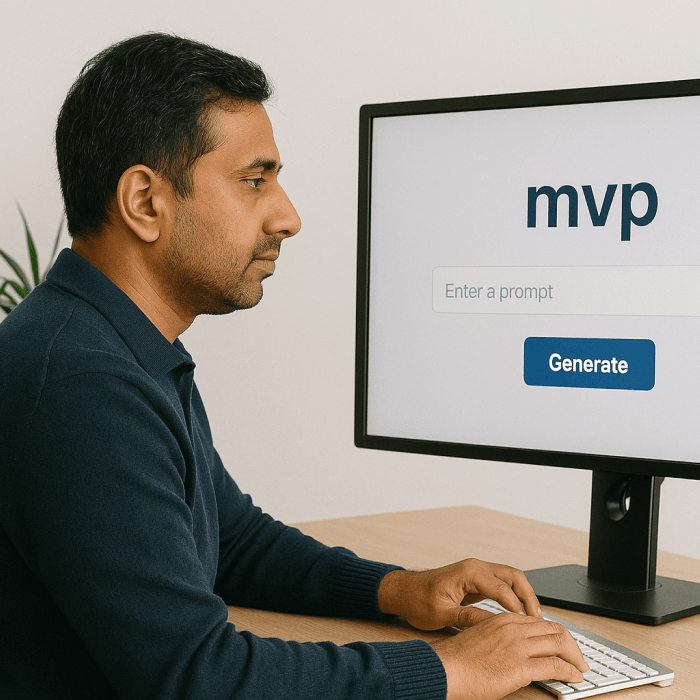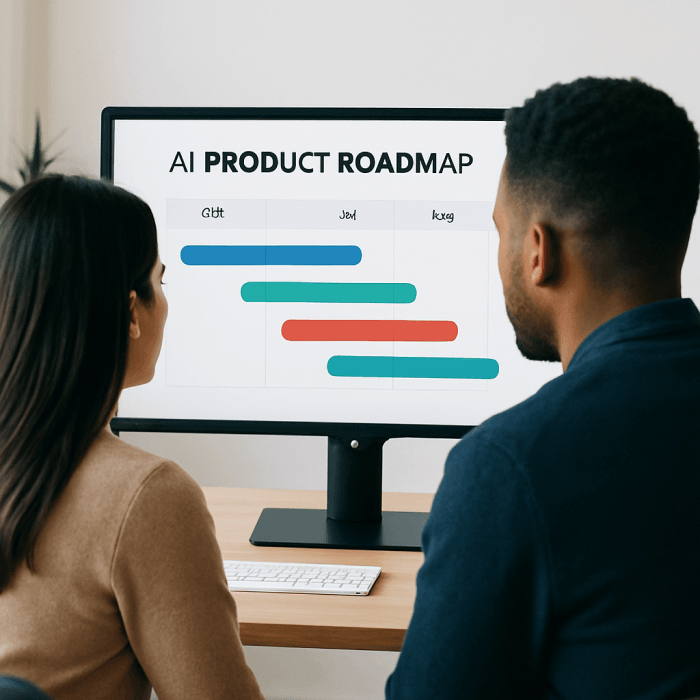The Product Management Blog
By sharing your email, you agree to our Privacy Policy and Terms of Service
Featured
Subscribe to our newsletter
A newsletter that will make you a better Product Manager
By sharing your email, you agree to our Privacy Policy and Terms of Service












